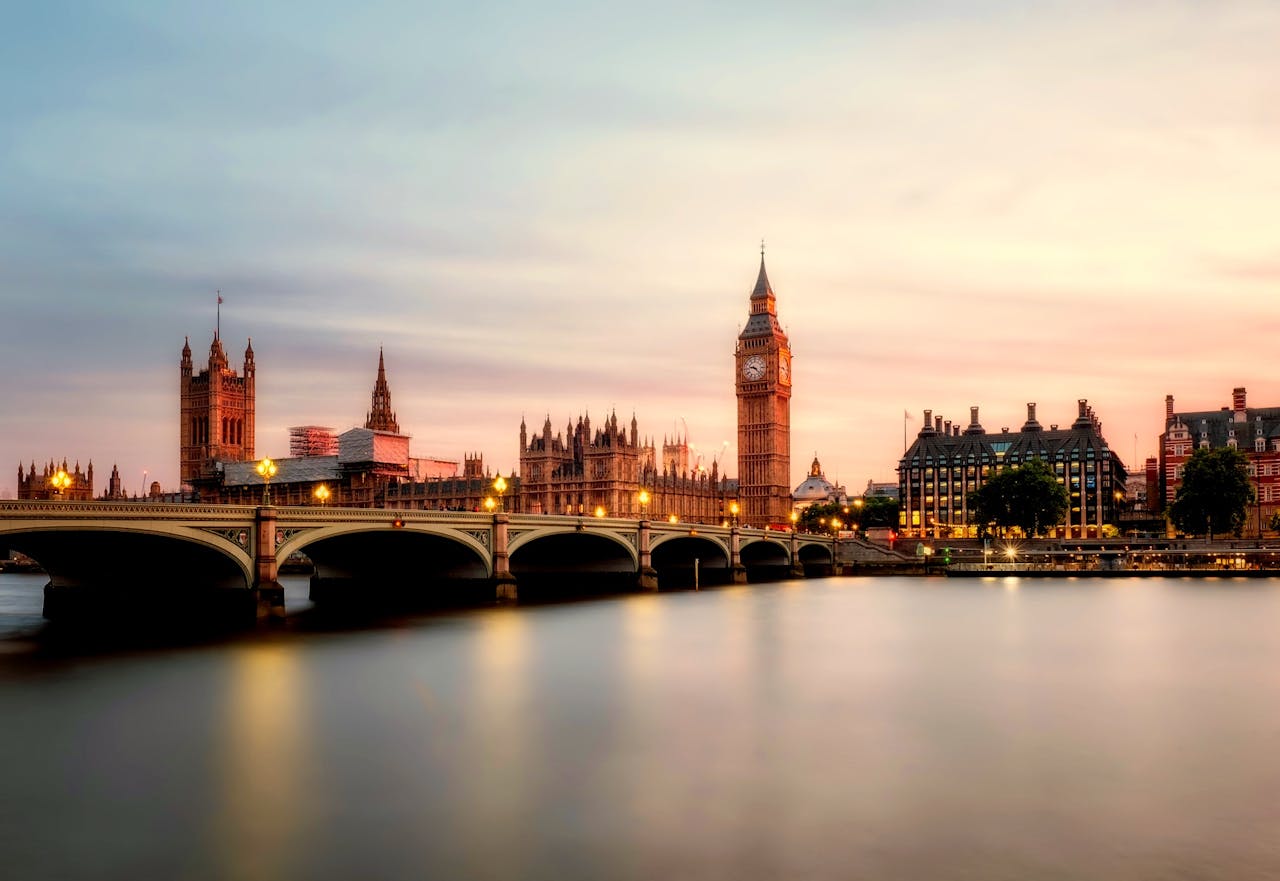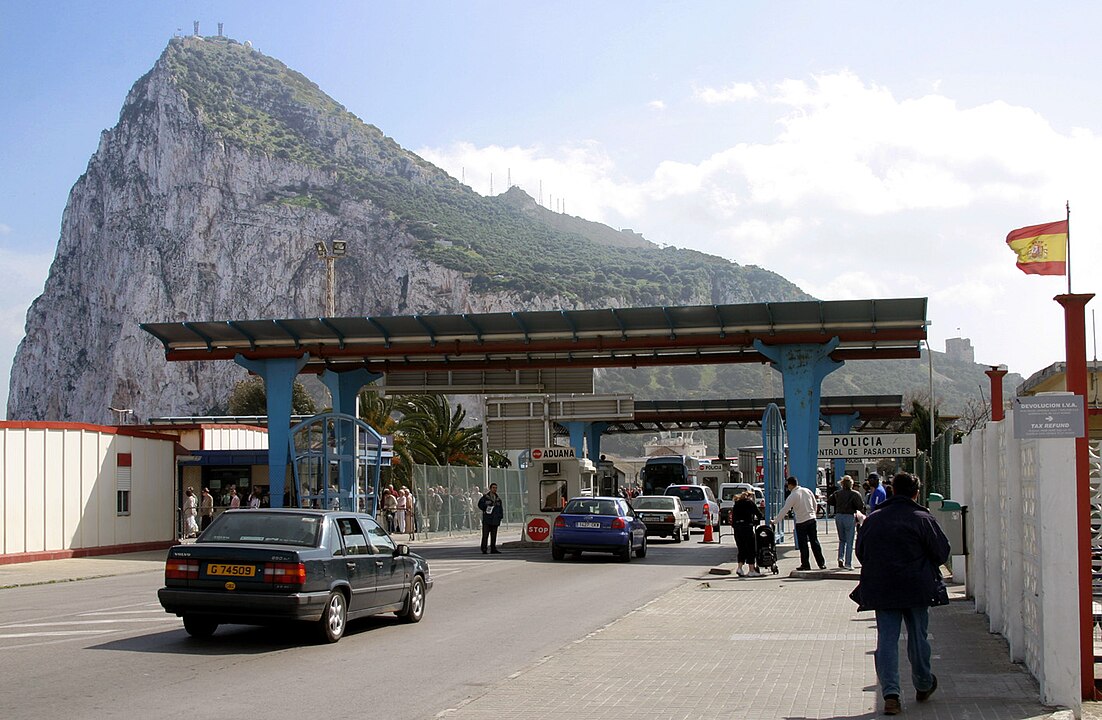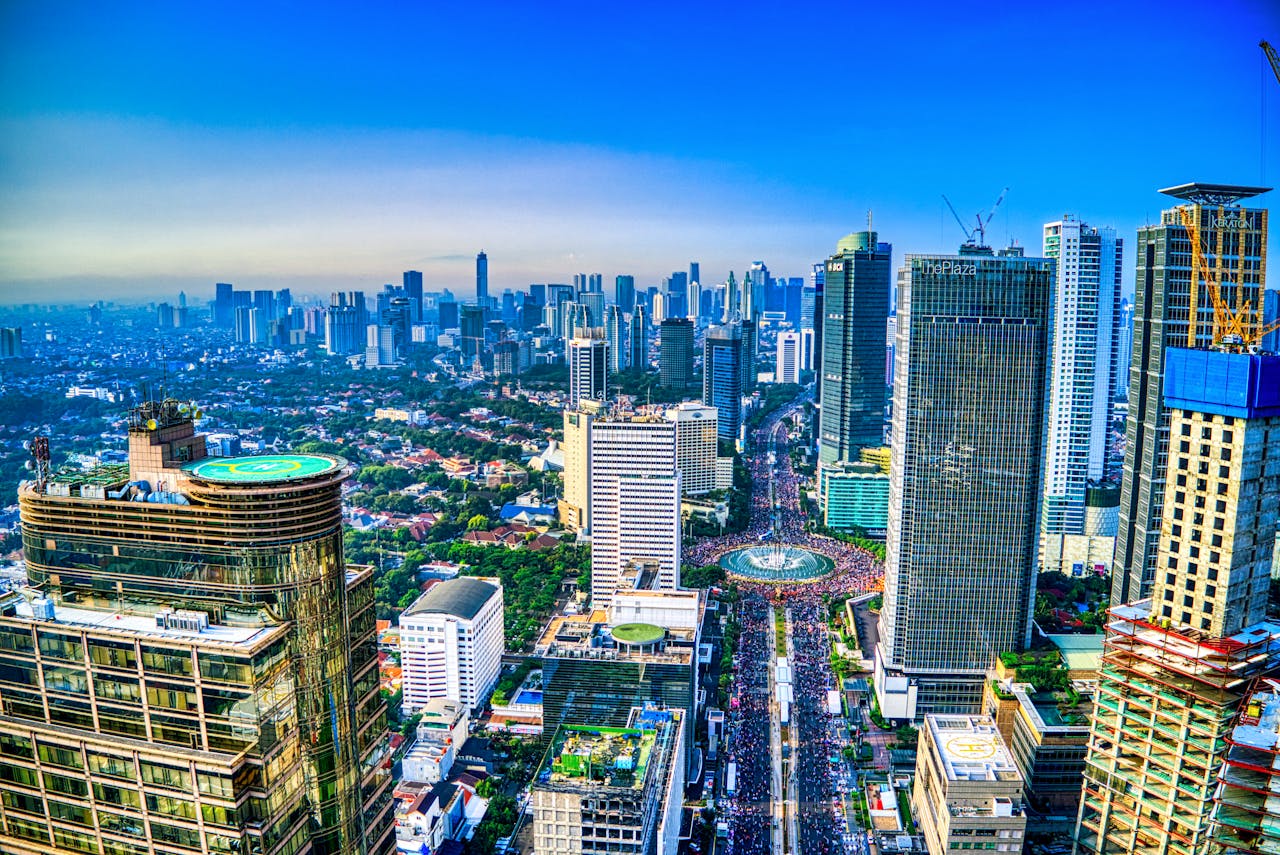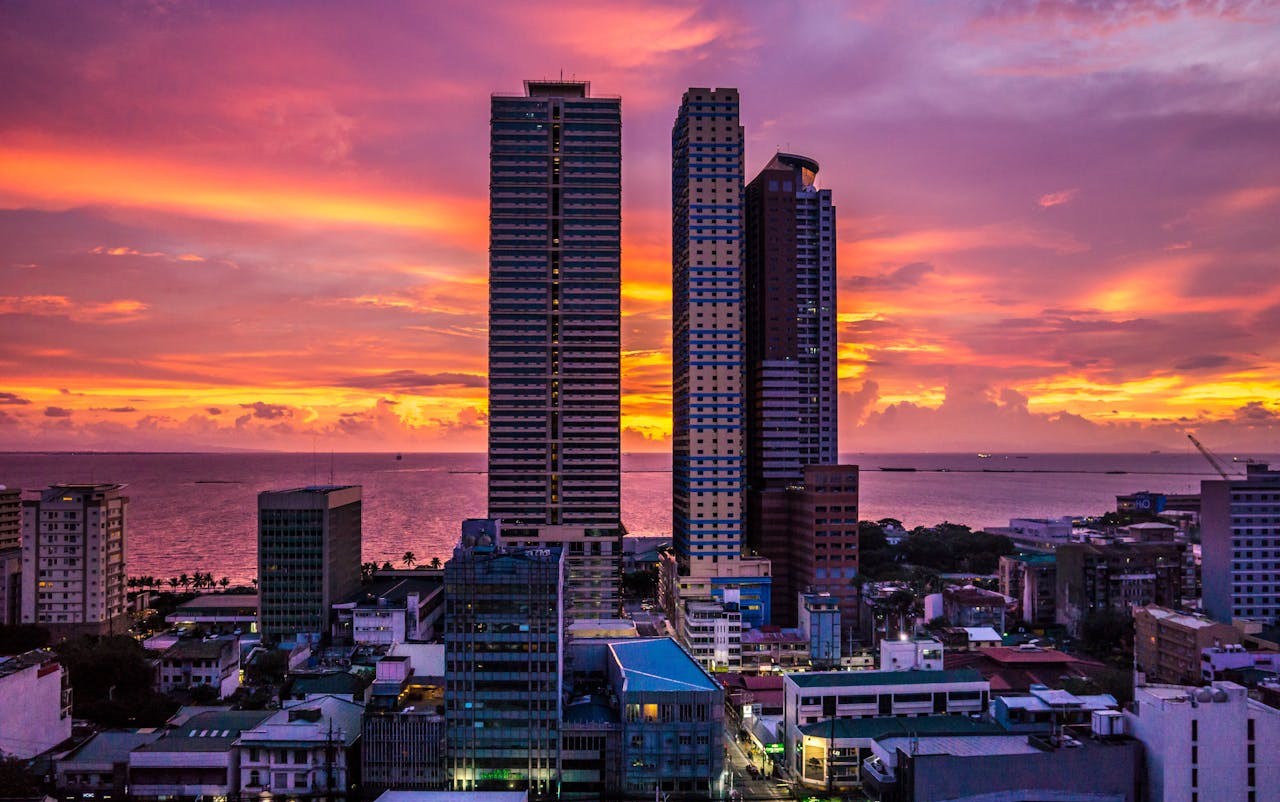Borders shifted in quiet but meaningful ways in 2025. Some countries added preclearance steps, others revived visas, and many pushed arrivals into streamlined digital lanes. What this really means is trips now depend on details that used to get skipped. The snapshots below focus on changes that shaped real itineraries this year, from biometric borders in Europe to fee tweaks and new e-gates across Asia and the Middle East. Read the fine print, build a buffer, and travel with intent.
United Kingdom

The UK made its electronic travel authorisation a standard pre-boarding step for short visits and airport transits. It links to the passport, lasts two years, and leaves six-month visa-free stays intact. The gain is predictability and cleaner airline checks. The catch is timing, since a late or denied approval can upend connections. Families and multi-stop itineraries now benefit from treating this like a passport, not a casual form that can wait.
Brazil

Brazil reinstated tourist visas for U.S. nationals through a centralized e-visa portal, framing the move as reciprocity rather than restriction. The process is straightforward, yet no longer a same-week errand for spontaneous flyers. Expect a fee, routine documentation, and standard passport validity rules, with processing windows that reward planning. For long routes with tight layovers, the new baseline is clear: no paid visa, no boarding pass, no exceptions at the gate.
Schengen Area (EU)

Europe advanced a biometric Entry/Exit System that records fingerprints, facial images, and movement data for short stays. Americans remain visa-free up to 90 days in any 180, but the experience shifted from ink stamps to controlled kiosks and scanners. Early rollout created uneven lines, then settled as airports tuned staffing. The upside is precise overstay tracking and fewer disputes at rental counters. The tradeoff is a longer first stop at the border.
Thailand

Thailand extended visa-free stays for tourism to a generous 60 days in 2025, paired with pre-arrival registration and the usual checks for funds and onward travel. The policy invites slower circuits through islands and the north without pushing visitors into quick visa runs. Airlines and immigration review documents closely, so paperwork still matters. For long-haul flyers, the extra time softens jet lag’s edge and opens room for weather pivots.
Sri Lanka

Sri Lanka cut costs with a no-fee visitor visa window, then tightened order by requiring ETA approvals before arrival. The result is cheaper short stays paired with a firmer gate at the front end. Extensions remain viable for those who settle in, while government messaging hints at more pilot changes ahead. Treat the ETA as a boarding document, keep confirmations handy, and assume airport counters will verify them line by line.
Malaysia

Malaysia expanded use of its Digital Arrival Card and opened autogates to eligible foreign passport holders at major airports. Americans on short visits stay visa-free but now benefit from faster automated lanes when preregistration is complete. Entry stamps may give way to digital records, which helps with onward flights and hotel checks. The experience feels calm when the form is filed early, jittery when it waits until a crowded arrivals hall.
Indonesia

Indonesia maintained the e-Visa on Arrival and leaned harder on advance online filing, while consolidating health, customs, and immigration details into a unified digital declaration. Bali’s tourist levy remained part of the routine. None of this is complicated, yet each step adds screens to the checklist. Filing ahead removes airport guesswork, keeps queues shorter, and reduces the chance a card issuer balks when a payment portal needs a prompt confirmation.
China

China broadened eligibility for 144- and 240-hour visa-free transit options in key regions and continued digitizing consular visa applications. For multi-country itineraries, the expanded transit rules create room for short urban stays without a full visa, provided the itinerary fits the corridor. Longer trips still run through the online platform with clear appointment structures. The net effect is less paper, firmer timelines, and better clarity on where a stopover is actually legal.
Japan

Japan expanded its eVISA platform even as Americans stayed visa-exempt for short tourism visits. The change matters for mixed-nationality groups, complex routes, and edge cases that once required in-person filings. Consulates clarified passport validity and shifted away from some mail-in habits. The direction is consistent: digital submissions, tidy guidance, and fewer surprises at counters. For most travelers, the benefit shows up in planning rather than in the arrivals hall.
Turkey

Turkey continued refining its online e-visa process and clarified transit and short-stay practices for common itineraries. Americans still apply electronically for tourism visits, with approvals that usually land quickly when documents match guidance. Confusion often comes from outdated blogs, not from policy. The smart play in 2025 has been simple: use the official portal, confirm email delivery, and carry a hard copy, since gate agents still verify numbers by hand.
Vietnam

Vietnam kept the 90-day e-visa framework and signaled broader reforms across exemptions for select nationalities. For Americans, the message stayed steady: apply online, choose single or multiple entries, and watch processing and payment windows. Longer stays now fit cleaner into slow-travel plans without back-to-back runs. The process is predictable, yet still benefits from screenshots of receipts and approval letters, since small counters in provincial airports check details carefully.
Philippines

The Philippines made its eTravel platform a firm requirement for both arrival and departure, replacing a patchwork of paper slips. It is free, fast, and checked by staff before immigration counters, which removes friction later. Missed forms create avoidable bottlenecks in Manila and Cebu. Airlines appreciate the cleaner data, and travelers gain steadier gate times. The country’s message is consistent: digital first, documents ready, and keep a screenshot in case a kiosk flickers.
Saudi Arabia

Saudi Arabia refined Umrah planning by requiring confirmed accommodation and transport before visa approval, while widening pathways that let holders of certain visas perform Umrah. Tourist e-visas remained straightforward for general travel. For faith-based trips, the updates changed sequencing rather than access, pushing logistics upfront. The effect in 2025 has been calmer arrivals, fewer backtracks at counters, and itineraries that already match the bookings on file.
Oman

Oman reiterated its e-visa routes and highlighted short-stay options for eligible nationalities, with Americans typically using e-visas or visas on arrival. Land and air borders asked for clear documentation more consistently, which reduced hold-ups when plans matched paperwork. The pattern is gentle modernization rather than overhaul. Travelers who favor clear files and simple routes found Muscat and Salalah entries to be exact, unhurried, and kind to well-organized folders.
Qatar

Qatar kept a straightforward visa-on-arrival policy for U.S. passport holders, with precise validity and multiple-entry terms that suit regional hops and conference seasons. Airport staff checked hotel bookings and onward travel more closely during peak events, which kept lines orderly. The approach reads as firm but efficient: clear rules at the front, fast processing when documents align, and a polished arrivals floor that handles surges without fraying.


